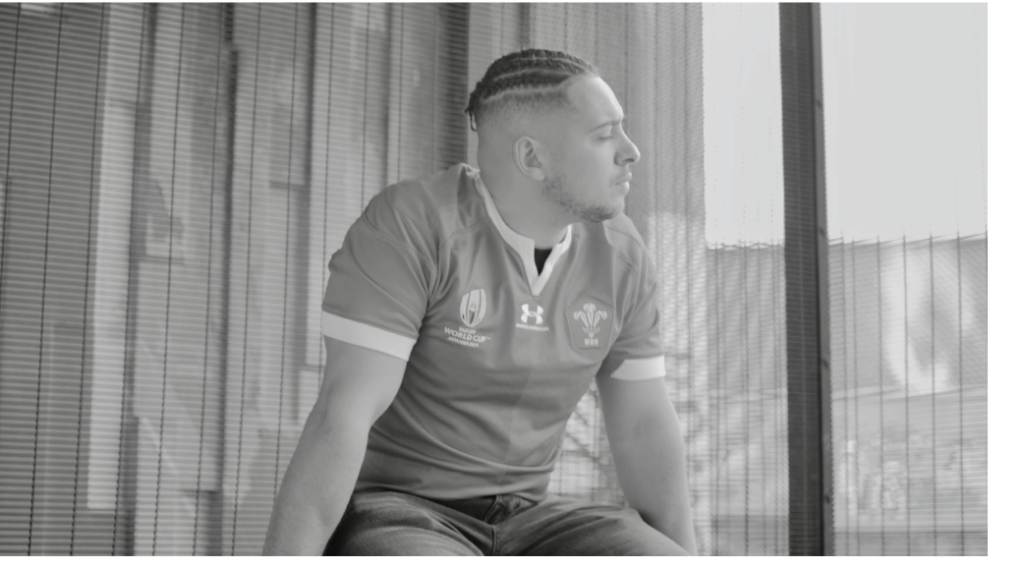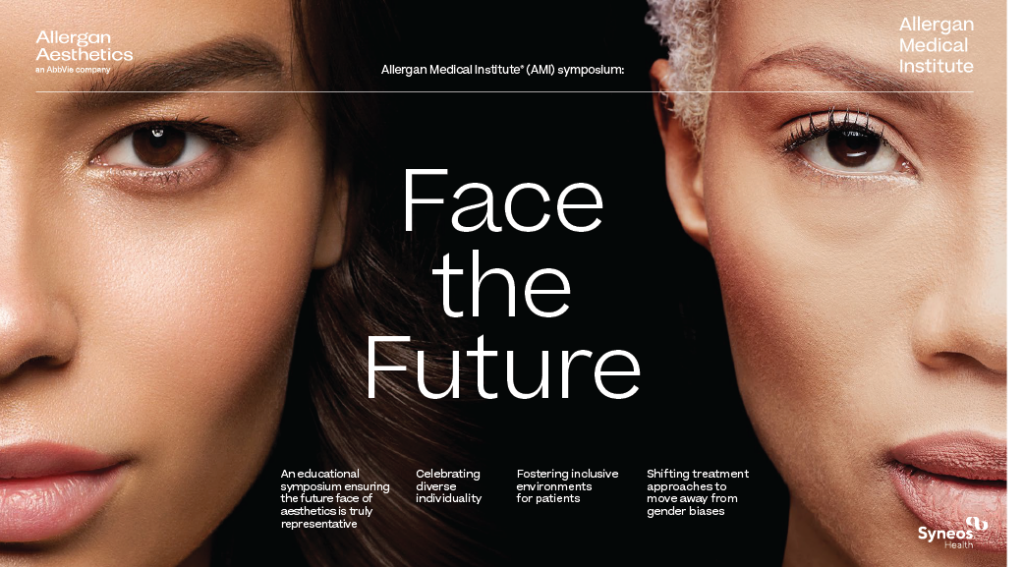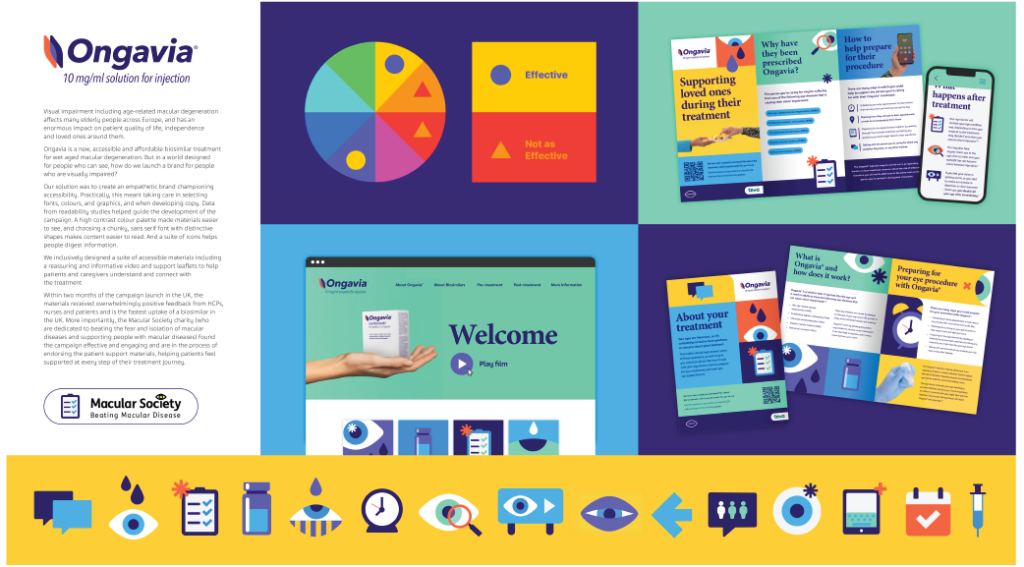Diversity & Inclusion in Creative Communications
With grateful thanks to our sponsors
Mental health communications don’t use language relatable to many audiences. So, despite high awareness, access to support is low. Recognising that we may not be best placed to write authentically for all audiences, we developed a co-creation platform, reviewed by an advisory group.
Upcoming Universal Music artists were paired with people of relevant backgrounds with experience of mental health issues — from shared Afro-Caribbean heritage to Welsh language speakers. Artists wrote and performed spoken word pieces to tell the stories in an authentic voice.
The call-to-action tagline ”If this speaks to you, speak to us” encouraged the audience to contact Mind.
Judges Comments
This campaign resonates by speaking the mental health languages of its audiences, recognising that different people need a different approach. Not only through representation, but also inclusive co-creation.
The team worked with the various key groups to ensure a connection . . . True co-creation and nice work.

Egality, a community engagement agency, co-ordinated a collaborative campaign with Diabetes UK, Cardiff University and five community organisations. The objective was to encourage young people with type 1 diabetes from ethnic minority groups, or experiencing deprivation, to get involved in research on education and data sharing.
As part of this, FreshRB CIC — a digital and creative media agency — produced the ”Can You Relate?” film. This featured Duke Al, a spoken word poet living with type 1 diabetes, rapping about his experience living with the condition and the impact on his education.
The campaign resulted in 400+ expressions of interest, with 70 participants in the focus groups, and 19% of participants from diverse ethnic backgrounds.

Minority ethnic groups, lesbians, disabled people, and transgender men are under-represented in cervical screening participation, each experiencing unique challenges. To overcome these barriers, we created “Let’s Talk Cervical Screening”, assembling a hugely diverse cast to talk openly about common fears and concerns relating to the specific communities they belong to.
The output?
A film, website, and social content that vocally and visually represented ALL women and people with a cervix. Realising some minority groups are hard to reach online, we conducted a pilot with NHS Gateshead, partnering with community groups to reach them face-to-face with printed materials.

Traditionally, the aesthetics industry has focused on the female Caucasian archetype to showcase beauty ideals. In 2022, Allergan Aesthetics took the decision to highlight its commitment to diversity, equity and inclusivity in their Allergan Medical Institute® symposium at the Aesthetic and Anti-Aging Medicine World Congress.
A session focusing on “diverse individuality” was presented through patient case studies, discussing skin types and ageing patterns of different ethnicities, as well as a gender-agnostic approach to patient communication and aesthetic treatment.
The presentation emphasised the need to educate on diverse patient types, to ensure that the future face of aesthetics is truly representative.

Endorsed by the Sickle Cell Society, the UK’s leading patient organisation, Code Red shines a light on the life-limiting impact of sickle cell disease (SCD) and aims to encourage more equitable care. Giving a voice to this underserved community and demonstrating genuine commitment became central to our campaign creative ambition. Creative routes were crafted to pay homage to Black culture, and campaign ambassadors were placed centre stage.
Through their faces and voices, we translated the insights into a story with a powerful message: “Code Red — it’s time to switch up on sickle”.

ONGAVIA® is a new treatment for age-related macular degeneration, a common visual impairment affecting elderly people. In creating the brand, we wanted to authentically represent the needs of patients by using real insights to inclusively design a suite of easy-to-see, easy-to-read and memorable patient materials. We took great care in selecting fonts, colours and graphics to ensure maximum legibility for the visually impaired, and rolled this out across a suite of assets.
The success of the patient support campaign was evidenced by overwhelmingly positive feedback from HCPs and patients.


